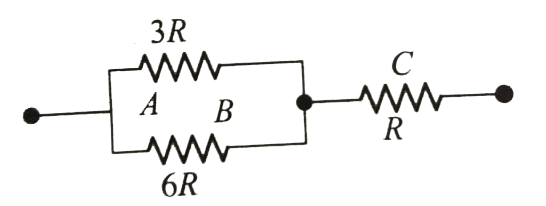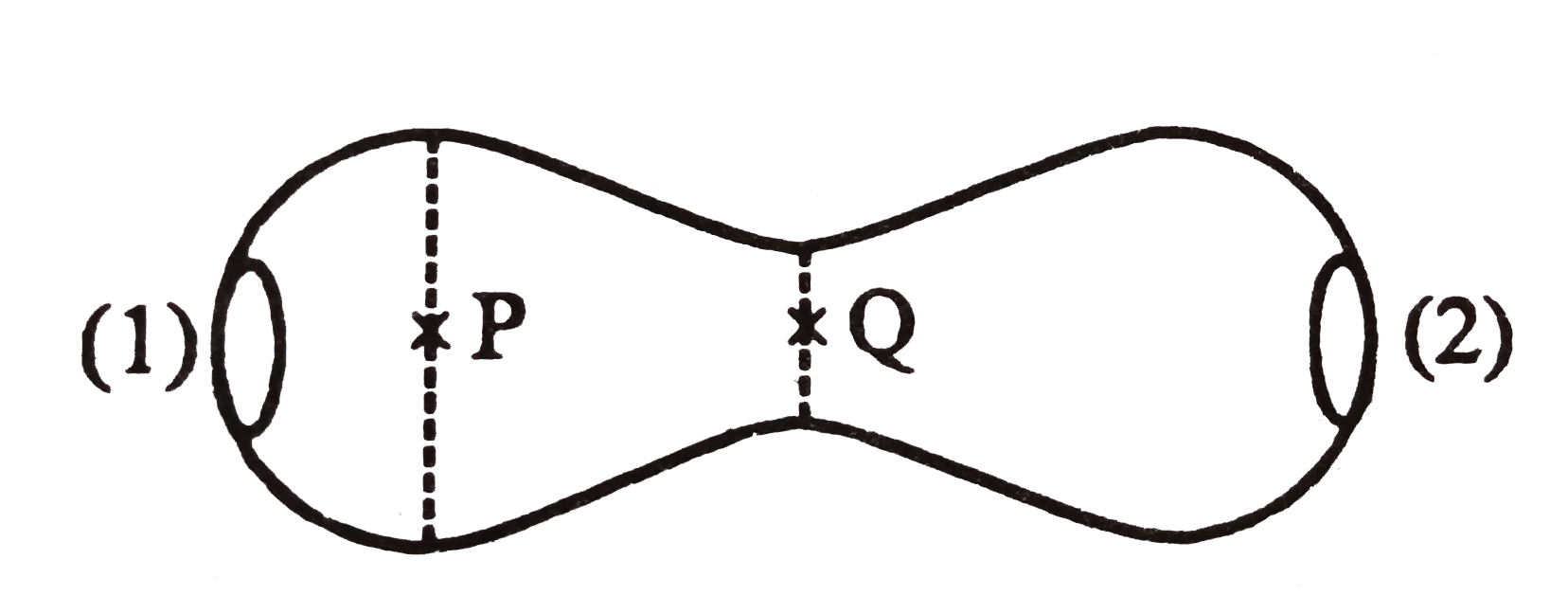When a potential difference is applied across the ends of a linear metallic conductor
the free electrons are accelrated continously from the lower potential end to the higher potential and of the conductor
the free electrons are accelerated continously from the higher potential end to the lower potential end of the conductor
the free electrons acqurie a costant drift velocity from the lower potential end to the higher potential end of the conductor.
the free electrons are set in motion from their position of rest.
The correct Answer is:3
Step by step video, text & image solution for When a potential difference is applied across the ends of a linear metallic conductor by Physics experts to help you in doubts & scoring excellent marks in Class 12 exams.
Topper's Solved these Questions
Similar Questions
When a potential difference is applied across the ends of a conductor, how is the drift velocity of the electrons related to the relaxation time?
View Solutionwhen a cosntant potential difference is applied across the ends of a conducter, the temperature of the conductor increases after sometime, then what is the effect on drift velocity of electron? Discuss it.
View Solution
Knowledge Check
- Question 1 - Select One
A potential difference is applied across the ends of a metallic wire. If the potential difference is doubled, the drift velocity will
Abe doubledBbe halvedCbe quadrupledDremain unchanged - Question 2 - Select One or More
When a potential difference is applied across, the current passing through
Aan insulator at 0 K is zeroBa semiconductor at 0 K is zeroCa metal at 0 K is finiteDa p-n diode at 300K is finite, if it is reverse biased - Question 3 - Select One
A graph is plotted between the potential difference (applied across the ends of a conductor) and the current (following through the conductor). The graph is a straight line
Ahaving intercepts on both axesBhaving an intercept on the X-axisChaving in intercept on the Y-axisDnone of these
When a potential difference of 2V is applied across the ends of a wire of 5m length, a current of 1A is found to flow through it. Calculate
(i) the resistance per unit length of the wire,
(ii) the resistance of 2m length of the wire.
(iii) the resistance across the ends of the wire if it doubled on itself.View SolutionIn the experiment of Ohm's law, a potential difference of 5.0 V is applied across the end of a conductor of length 10.0 cm and diameter of 5.00 mm. The measured current in the conductor is 2.00 A. The maximum permissible percentage error in the resistivity of the conductor is :
View SolutionA potential difference of 20 volts is applied across the ends of a resistance of 5 ohms. What current will flow in the resistance?
View SolutionFigure 7.37 shows a network of three resistances. When some potential difference is applied across the network , thermal powers dissipated by A,BandC are in the ratio
 View Solution
View SolutionA metallic conductor of irregular corss-section is as shown in the figure. A constant potential difference is applied across the ends (1) and (2). Then:
 View Solution
View Solution

